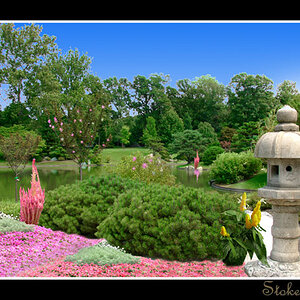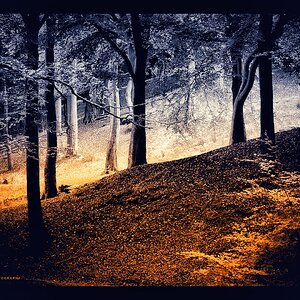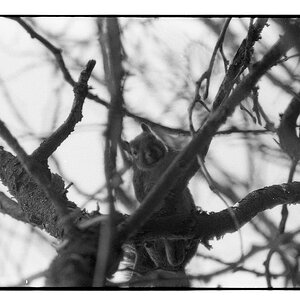niranjan
TPF Noob!
- Joined
- Feb 27, 2011
- Messages
- 18
- Reaction score
- 0
- Location
- Maharashtra
- Can others edit my Photos
- Photos OK to edit
I was looking for a lens (nikon) for my DSLR (DX format) and i found this lens to fulfill my needs. but the website mentions one LINE which i wish to understand...
18-200mm, equivalent to 27-300mm in 35mm format
What does that means and how.. (do they want to suggest that same lens can be used on FX format cameras..? )
18-200mm, equivalent to 27-300mm in 35mm format
What does that means and how.. (do they want to suggest that same lens can be used on FX format cameras..? )


![[No title]](/data/xfmg/thumbnail/38/38263-ad5e4c9e677626ddb5b1e7cdf9ebe40e.jpg?1619738548)
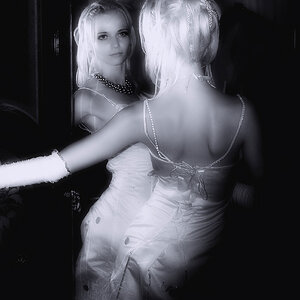

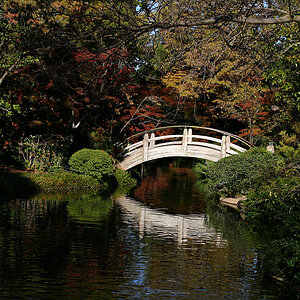

![[No title]](/data/xfmg/thumbnail/38/38262-10a9668da9a2b36a92cddde57caf87bc.jpg?1619738547)
